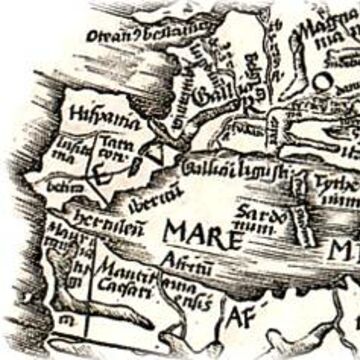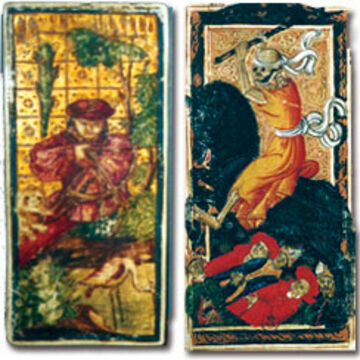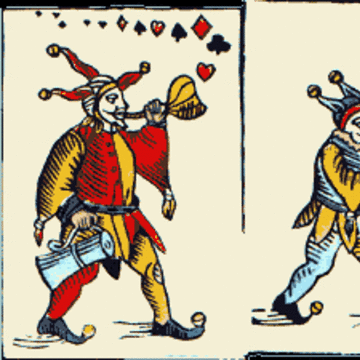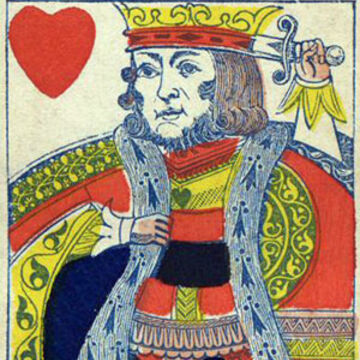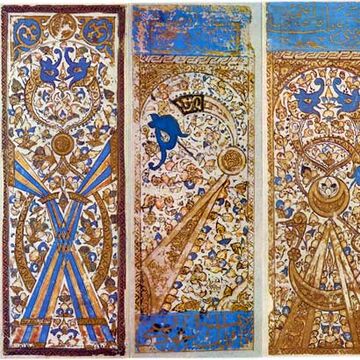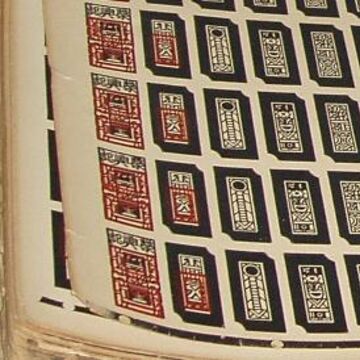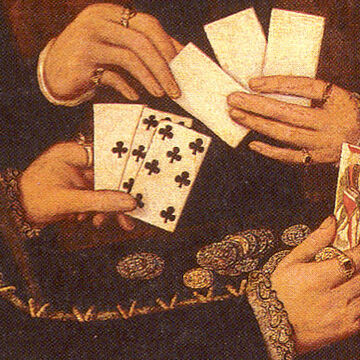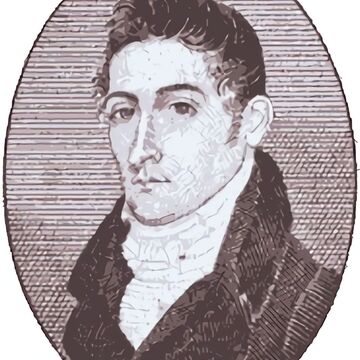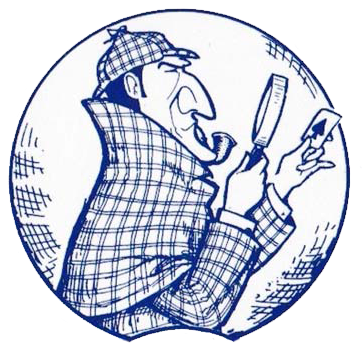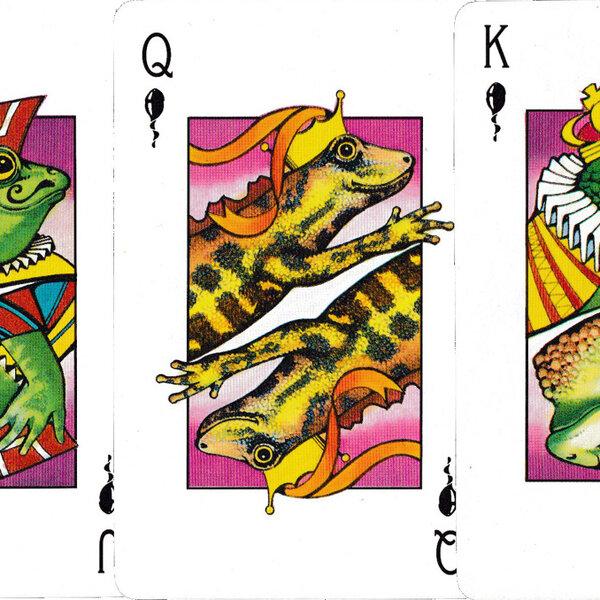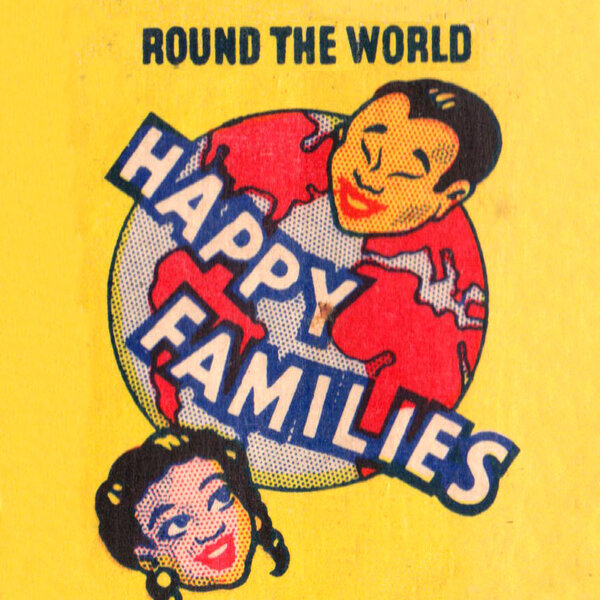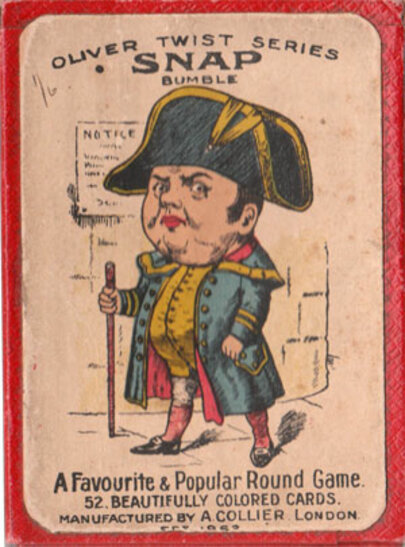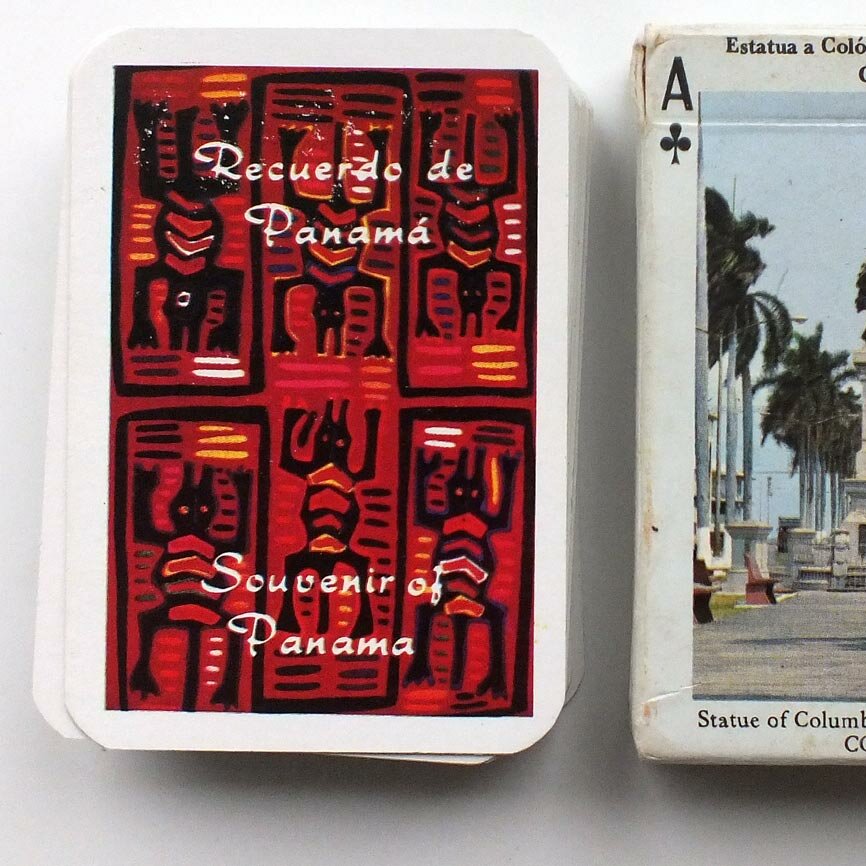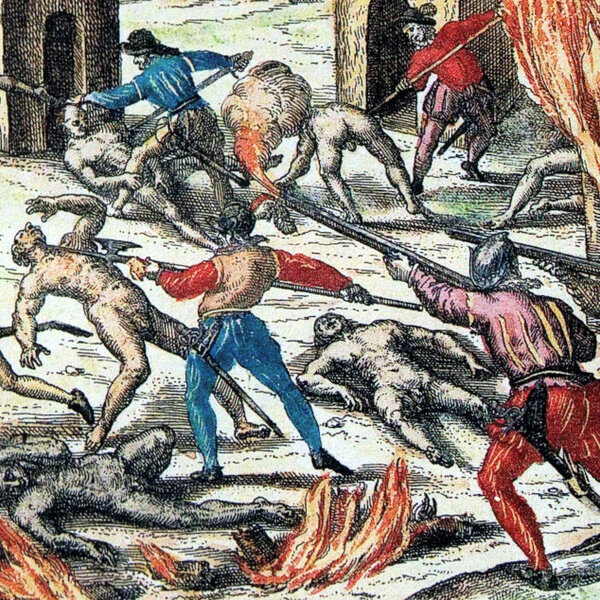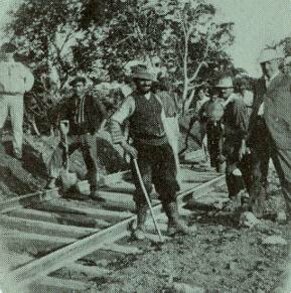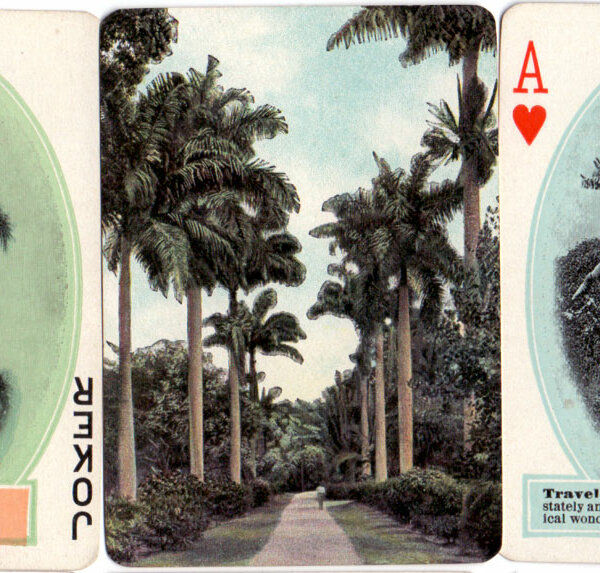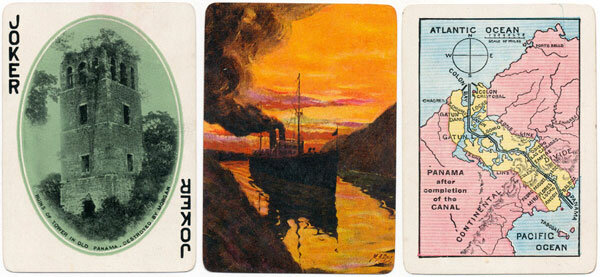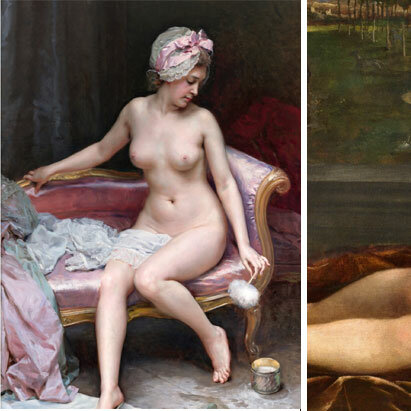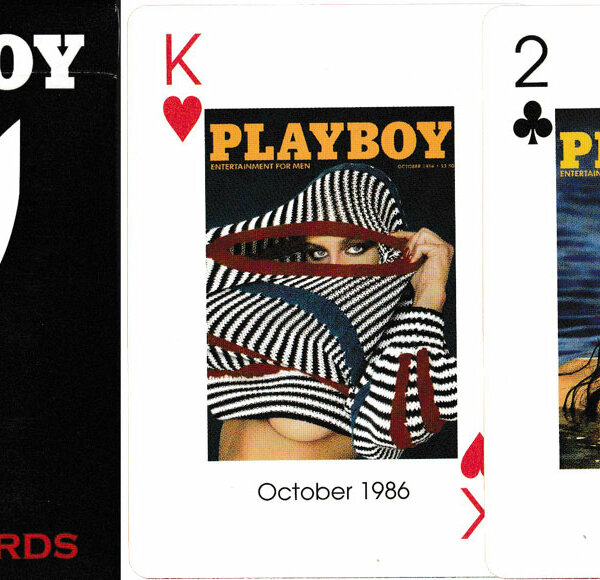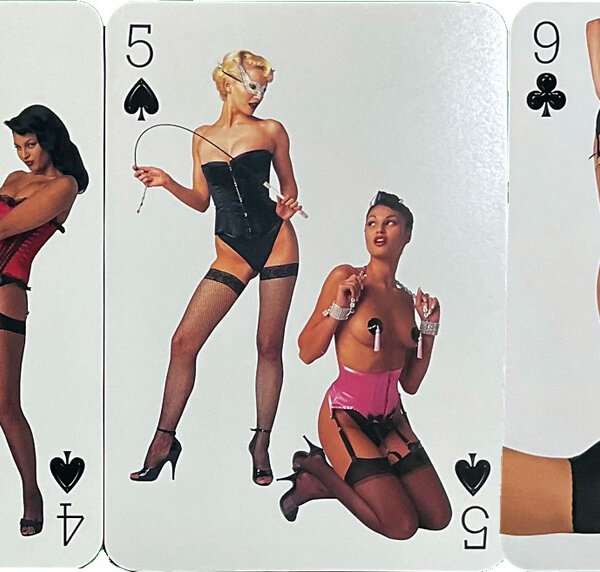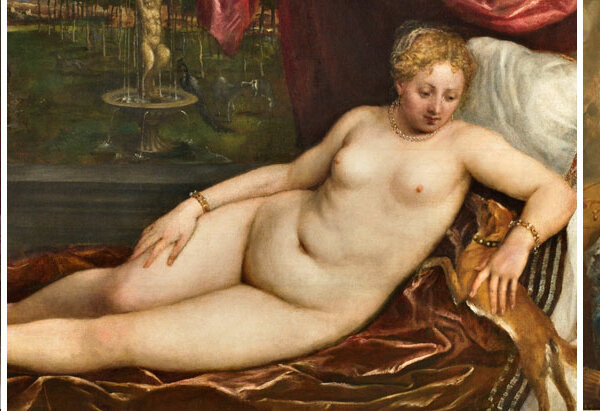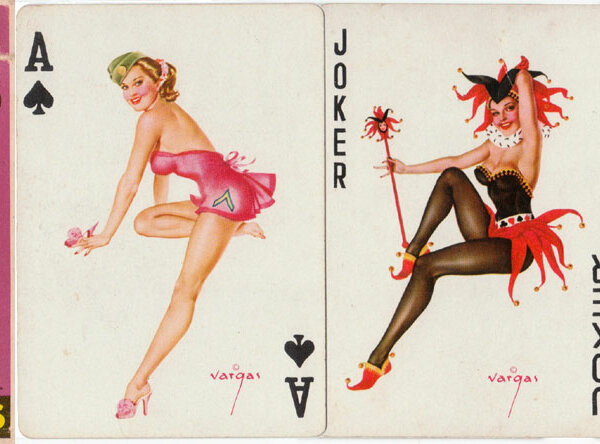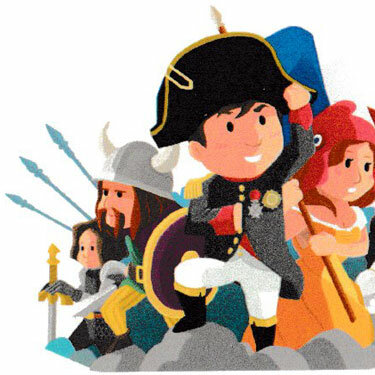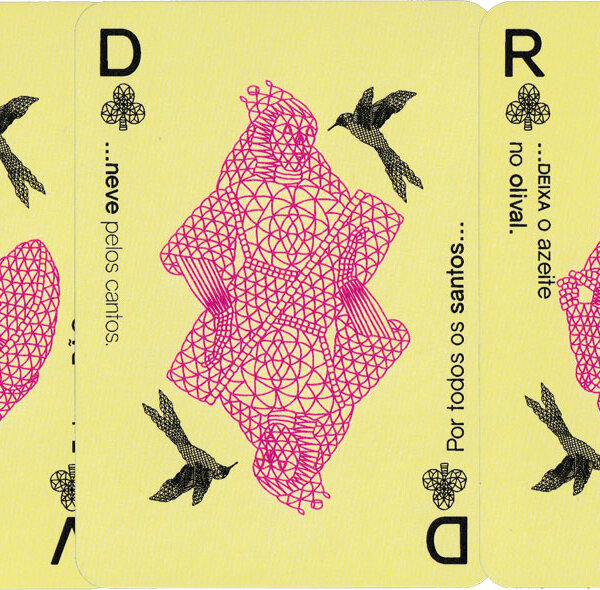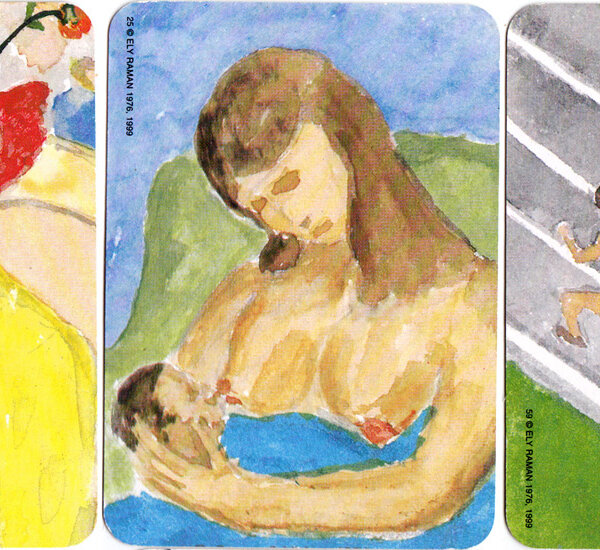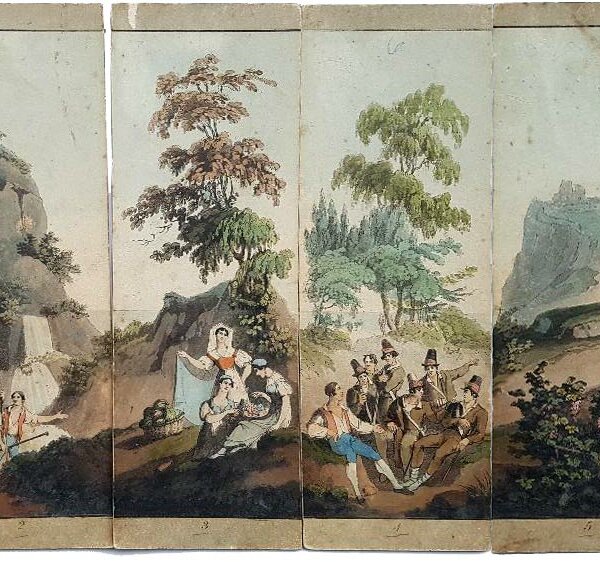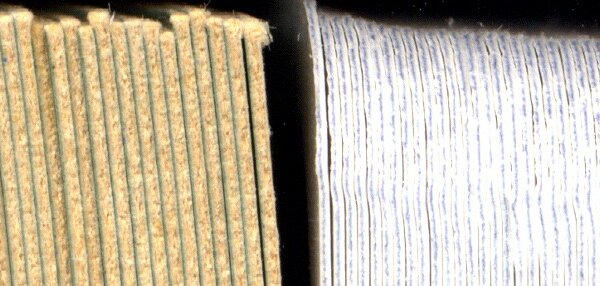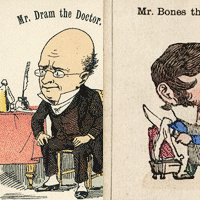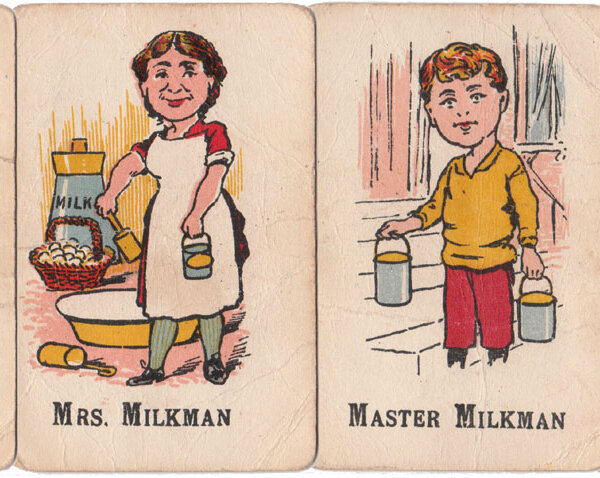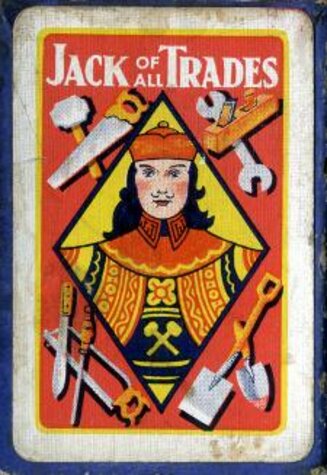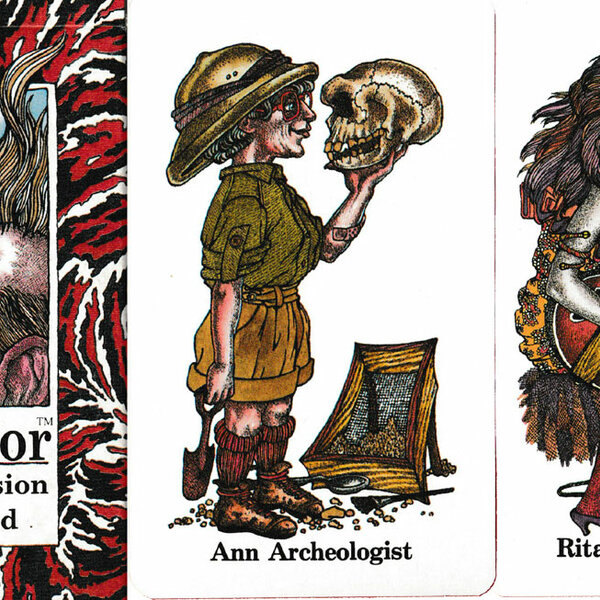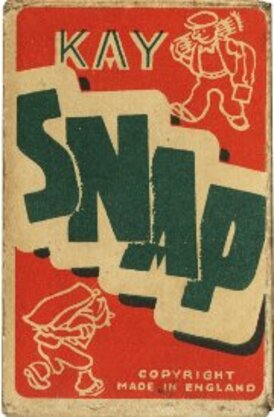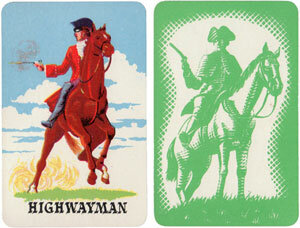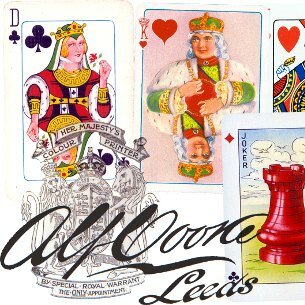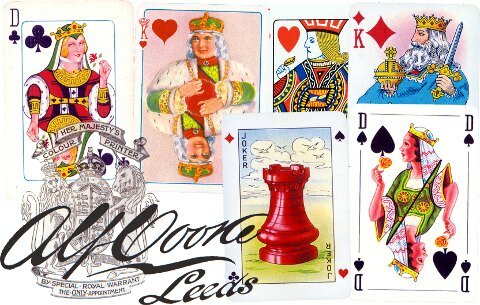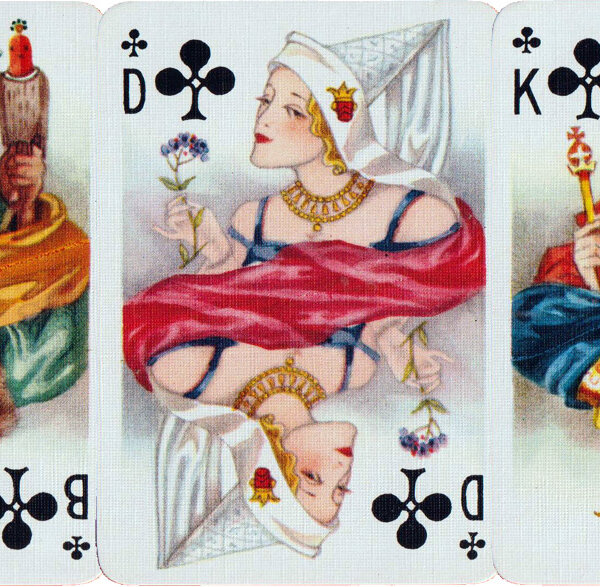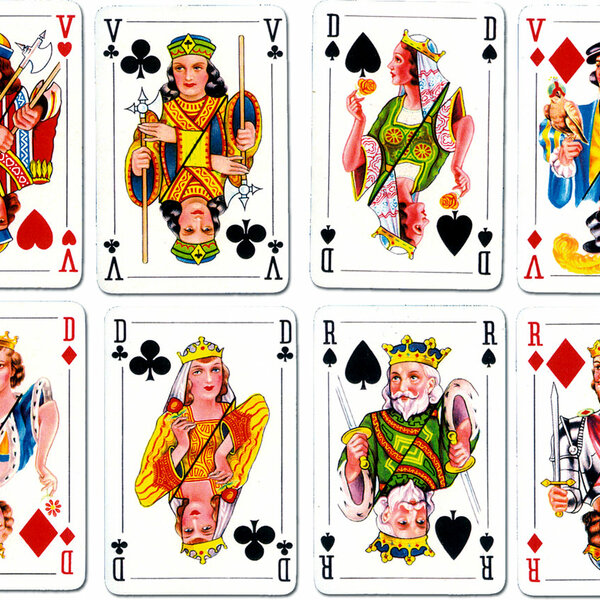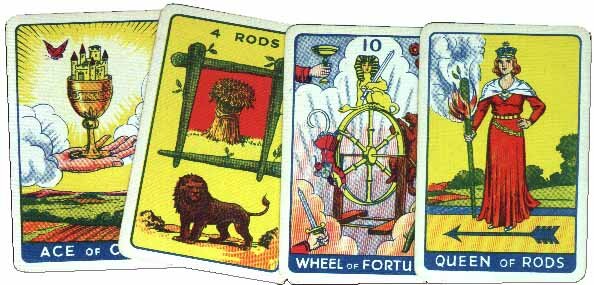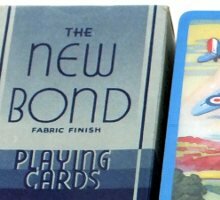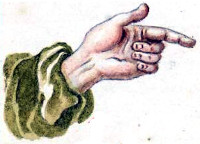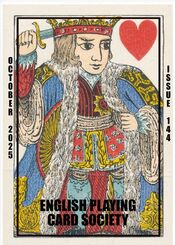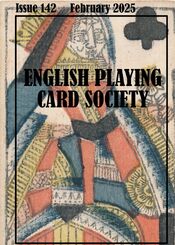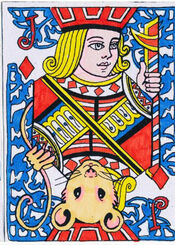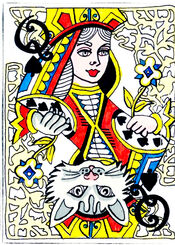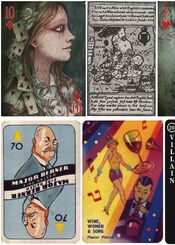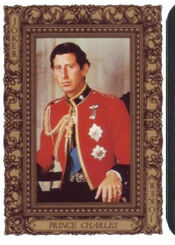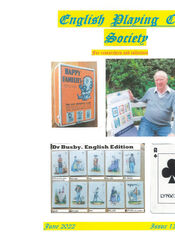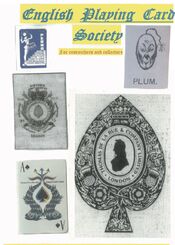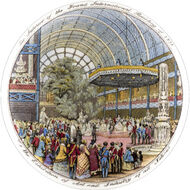 Since 1996, this collaborative project has grown into an independent archive of 4,788 articles, written by collectors, researchers, artists and historians from around the world. It documents playing cards across cultures and centuries, from early handmade cards to industrial production, and from games of chance and skill to education, advertising, political satire, magic and fortune-telling.
Since 1996, this collaborative project has grown into an independent archive of 4,788 articles, written by collectors, researchers, artists and historians from around the world. It documents playing cards across cultures and centuries, from early handmade cards to industrial production, and from games of chance and skill to education, advertising, political satire, magic and fortune-telling.
The archive looks beyond the basics such as who made a deck and when. It records how cards were designed, printed and traded, how they were regulated, and what their imagery was intended to convey. All content is edited with care and supported by sources, images and dates to support reliable research.
New Articles


Spanish-Suited Playing Cards in Latin America
The journey of Spanish-Suited decks from Conquistadores to local makers.
Simon Wintle • 5 days ago
Royal Mischief Transformation
Royal Mischief Transformation reworks Patrick Valenza’s Royal Mischief characters and imagery as a comp...
Paul Bostock • 5 days ago
Mamluk Cards and the Making of the European Deck
Mamluk “naib” cards — four suits with named courts — offer a persuasive clue to how playing cards reach...
Paul Bostock • Dec 31, 2025
David’s fortune-telling cards
Entertaining and easy-to-use fortune-telling cards published by David, Paris, c.1895.
Roddy Somerville • Dec 28, 2025
X'Mas Elf Tarot
Deckstiny’s X’Mas Elf Tarot is a Christmas-themed Rider-Waite-Smith tarot deck from Thailand, illustrated in a...
Adam Wintle • Dec 23, 2025
Dielo playing cards
Heroic Socialist-style version of the Four Seasons pattern from Bratislava.
Roddy Somerville • Dec 22, 2025
Ormavyl
Branded advertising playing cards with modern look made in France, 1970s.
Tamir Shpigelman • Dec 21, 2025
Augustin Playing Cards
Augustin street newspaper playing cards illustrated by Thomas Kriebaum.
Konrad Hämmerle • Dec 19, 2025Current Trends
Playing cards appear in European records in the late 14th century, but their earlier history lies further east. The material record, surviving packs and documentary references show how cards moved int...
From a Renaissance Card Game to a Medium of Spiritual Meaning and Identity.
The 'Joker' is believed to have been invented by American Euchre players who, when modifying the rules sometime during the 1860s, decided that an extra trump card was required.
The King of Hearts, holding a sword behind his head, is sometimes nicknamed the “Suicide King”. He can be seen to derive from a late medieval design showing a King wielding a battle axe.
Out of an apparent void, a constellation of references in early literature emerge pointing to the sudden arrival of playing cards, principally in Belgium, Germany, Spain and Italy around 1370-1380. Di...
Nã'ib, the game of lieutenants... these cards are amongst the earliest Arabic playing cards extant.
The Chinese took their cards with them wherever they travelled and traded in the East, and we find Chinese cards in use not only in the mainland but also in Hong Kong, Malaysia, Indonesia, Taiwan, Sin...
Over the years the origin of Blackjack, like many other games, has eluded researchers for a long time and which continues to be hotly debated to this day.
De La Rue introduced letter-press printing into playing card production and his patent was granted in 1831. He produced his first playing cards in 1832.
Explore
4,788 articles featuring content from 120 countries and 388 themes; including 1,386 manufacturers, 1,161 designers, 266 brands, 77 suits, 58 games and 31 licenses.
Playing Cards from Childhood
Kids Fun Box playing cards
Colourful cards for children with four non-standard suits connected with the natural world.
By Roddy Somerville
Alice in Wonderland (Thomas De la Rue version)
Alice in Wonderland card game based on original designs by Sir John Tenniel published by Thomas De l...
By Adam West-Watson
Children's Card Games
Children's games are distinct from ordinary playing cards, the most obvious difference being the lac...
By Simon Wintle
Oliver Twist Snap
Oliver Twist Series Snap card game manufactured by A. Collier, London, c.1890.
By Rex Pitts (1940-2021)
Spanish-Suited Playing Cards in Latin America
The journey of Spanish-Suited decks from Conquistadores to local makers.
By Simon Wintle
Panama Souvenir Playing Cards
Several editions of Panama Souvenir Playing Cards were issued by the USPCC between 1908 - 1926. The ...
By Simon Wintle
Panama Souvenir 1908
1st edition of Panama Souvenir playing cards published by U.S. Playing Card Co., 1908
By Simon Wintle
Panama Canal Souvenir
Souvenir of Panama playing cards by USPCC 6th Edition produced in 1923.
By Matt Probert
Pin-up & Glamour on Playing Cards
Feminine beauty has been appreciated since prehistory.
Pin-up on playing cards runs from WWII morale pieces and post-war glamour to brand promotions and artist portfolios. Subjects include film star photo sets, magazine or cosmetics tie-ins, freebie inserts, and illustrative series by artists such as Alberto Vargas, David Wright and others. Formats range from standard packs with studio stills to rummy or picture sets, often crediting photographers or designers.
See also: Erotica►
Playboy playing cards
52 different magazine covers from the first 50 years of Playboy.
By Roddy Somerville
The Art of Pin-Up decks
Feminine beauty has been appreciated since prehistory.
By Rex Pitts (1940-2021)
Vargas Girls
‘Vargas Girls’ paintings by Alberto Vargas in a deck of cards published by Creative Playing Card Co ...
By Rex Pitts (1940-2021)
Instructive and Educational Playing Cards & Games
Many packs are instructive or educational and designed to facilitate learning rather than just for play. Educational playing cards are a great way to learn new facts, or to review information that you already know. When the design of the illustrations is appropriate and amusing this helps to engage the imagination in the topic which can then be memorised more easily.
• See also: History of Educational and Instructive playing cards►
OH Cards
A Series of Metaphoric Cards to unlock your story, conceived and designed by Ely Raman
By Simon Wintle
Lexicon
The summer of 1932 saw the introduction of Lexicon, when a small edition was produced and sold to te...
By Simon Wintle
Paper and Cardboard
The manufacture of the pasteboard used for playing cards contains a number of interesting processes ...
By Simon Wintle
Trades & Professions
Trades, crafts and professions are broad categories of occupations that require specialized knowledge, skills, and/or training.
In some decks of playing cards the standard court card hierarchy of Jack, Queen, King is replaced with different craft or trades people or professionals and also their equipment and tools. Similarly many card games are based around different families of trades people, as in ‘Happy Families’ who may be families of bakers, cobblers or doctors, and so on.
• See also Happy Families►
Highwayman
The game of “Highwayman” published by Chad Valley Company in c.1950 simulates travelling on old Coac...
By Rex Pitts (1940-2021)
Alf Cooke / Universal
FDB Spillekort No. 310
Bøgelund’s 1933 designs for the Danish cooperative FDB, with courts in historical costume.
By Roddy Somerville
Romanian playing cards by Alf Cooke
Romanian playing cards, manufactured and exported by the Universal Playing Card Co., Leeds, in the 1...
By Simon Wintle
Thomson-Leng Tarot
The Thomson-Leng Tarot Cards were issued by the publishers of women's magazines during the 1930s. Th...
By Simon Wintle
New Bond
The New Bond Fabric Finish Playing Cards, made by the Universal Playing Card Co. Ltd.
By Simon Wintle
The English Playing Card Society
Founded in 1984, the English Playing Card Society (EPCS) promotes research into the history and development of English playing cards and card games, and supports the exchange of information and ideas between collectors, researchers, archivists, designers, manufacturers and dealers.
The Society publishes the EPCS Newsletter three times a year and maintains an online archive of back issues.
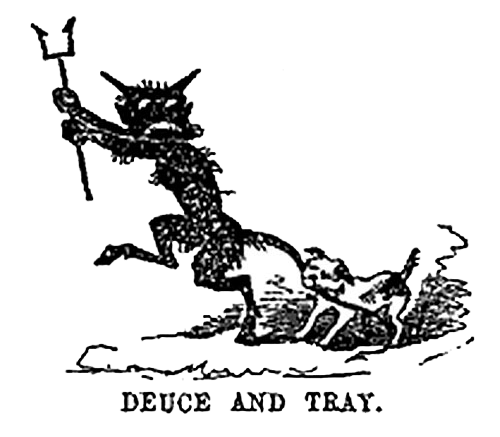
Newsletter covers (select a cover to browse the archive)
The Big Picture
Playing cards have a universal appeal and are a reflection of human culture.
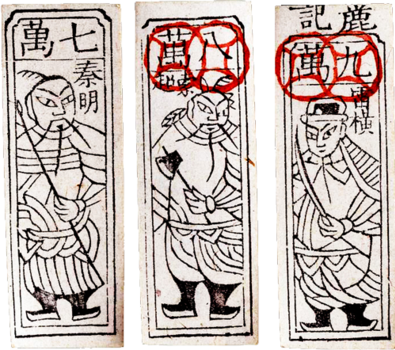
Above: Chinese money-suited cards. Some of the earliest cards have origins in the Far East.
Playing cards have a long history and cultural significance, forming a part of almost every society around the world. The origins of playing cards can be traced back centuries, and today they remain a universal symbol of creativity, entertainment, and human connection. These small, rectangular pieces of paper have been a source of fun for generations and are still enjoyed in countless ways—whether in a simple game of solitaire, a high-stakes poker match, or the tarot cards used for fortune-telling. There is something about the history and design of playing cards that captures the imagination and inspires creativity. As Delef Hoffmann once said, “whether we consider cards as mere merchandise or as the bond which unites people with one another, just think of what we would be if we had no cards! How boring and unsociable our lives would be without this invention!”
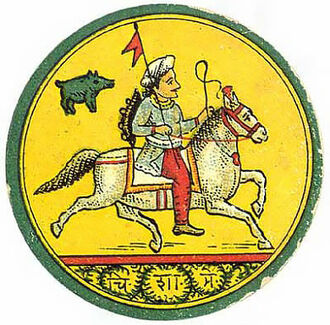
Above: Dasavatara Ganjifa from India. Playing cards from India are often circular.
The origin of cards can be traced back to China, where they were first used as early as the 9th century. From there, the cards travelled across Asia and the Middle East, and finally found their way to Europe in the 14th century.
Since then, playing cards have been used for a wide range of purposes, including fortune-telling and even propaganda. But the most significant impact they have had on humanity is through their use in games, which have brought people together for centuries.
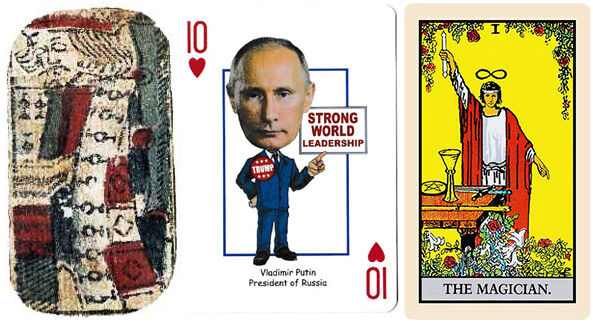
Above left: a set of Spanish playing cards from 1638 was discovered inside a prison wall during demolition, likely used for gambling by prisoners. Above center: Trump Presidential playing cards, playing cards are often used for political messages. Above right: the Magician from the popualr Rider-Waite tarot, which has become the template for modern tarot decks.
While playing cards have brought people together for fun and play, they have also been a source of disruption in the form of gambling. For many, gambling has become an addiction, leading to financial ruin and even anti-social problems.
The artistic value of cards cannot be overlooked, with their intricate details and unique designs of each card reflecting the creativity and ingenuity of artists. Playing cards are a reflection of our society, with each country and region having its unique designs and styles. As Sylvia Mann put it "there are fashions in cards, and these fashions very often reflect the history of the times". From the bold and colourful designs of India to the intricate and detailed patterns of Russia, playing cards are a testament to the creativity and diversity of the human experience.
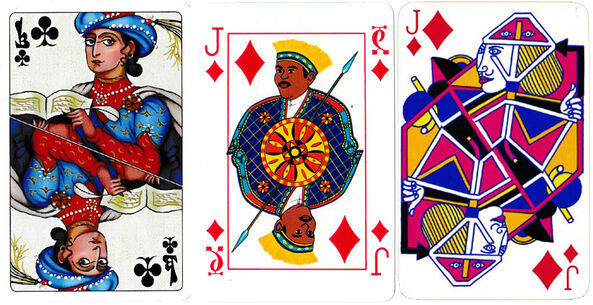
Above left: Kashmir Playing Cards, above center: Ethiopian Air Lines playing cards produced by Nintendo, above right: striking playing cards designed by Masuo Ikeda.
Playing cards have a wide embrace, spanning across cultures and countries, with a scope of diverse subjects that reflect the values and beliefs of their respective societies.
Playing cards are an enduring symbol of human connection and creativity, transcending language, borders and cultures. Through the power of games, they have brought people together for centuries, creating shared experiences that have fostered friendships, learning and social bonds. While their role in gambling has been disruptive, their stunning artistic designs elevate them to works of art, worthy of appreciation and admiration. Playing cards are a testament to the power of human creativity and a reflection of the rich cultural tapestry of our world.
Recent Changes
Latest updates and modifications


